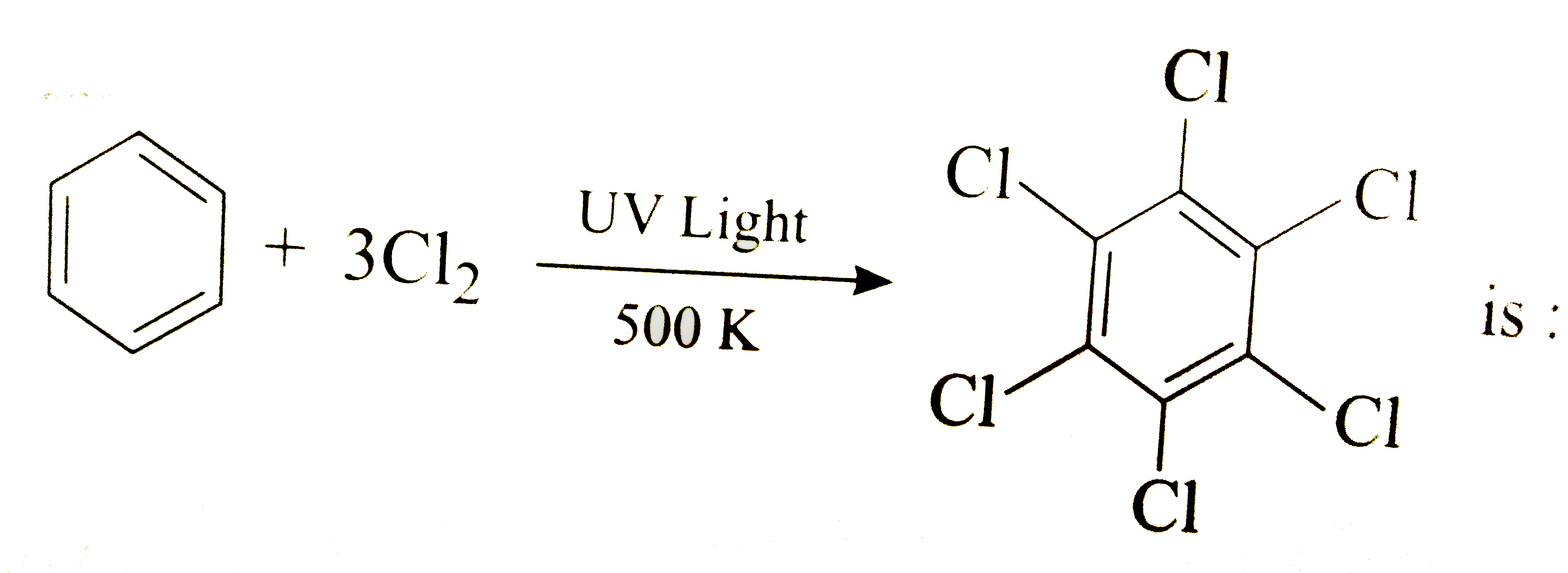Order of a chemical reaction.
Step-by-Step Solution:
1. Definition of Order of a Chemical Reaction:
The order of a chemical reaction is defined as the sum of the powers of the concentration terms in the rate law expression for that reaction. It indicates how the rate of reaction depends on the concentration of reactants.
2. Understanding Rate Law:
The rate law for a chemical reaction can be expressed in the form:
Rate=k(A)m(B)n
where:
- k is the rate constant,
- (A) and (B) are the concentrations of reactants,
- m and n are the orders with respect to each reactant.
3. Calculating the Overall Order:
The overall order of the reaction is calculated by adding the individual orders (m and n) together:
Overall Order=m+n
4. Examples:
- For a reaction where the rate law is given as:
Rate=k(A)2(B)1
The order with respect to A is 2, and with respect to B is 1. Therefore, the overall order of the reaction is:
2+1=3
- For a reaction where the rate law is:
Rate=k(C)0(D)2
The order with respect to C is 0 (since any number to the power of 0 is 1), and with respect to D is 2. Thus, the overall order is:
0+2=2
5. Conclusion:
The order of a chemical reaction provides insight into the relationship between the concentration of reactants and the rate of the reaction. It is essential for understanding reaction mechanisms and kinetics.
---
The order of a chemical reaction is defined as the sum of the powers of the concentration terms in the rate law expression for that reaction. It indicates how the rate of reaction depends on the concentration of reactants.
The rate law for a chemical reaction can be expressed in the form:
Rate=k(A)m(B)n
where:
- k is the rate constant,
- (A) and (B) are the concentrations of reactants,
- m and n are the orders with respect to each reactant.
The overall order of the reaction is calculated by adding the individual orders (m and n) together:
Overall Order=m+n
- For a reaction where the rate law is given as:
Rate=k(A)2(B)1
The order with respect to A is 2, and with respect to B is 1. Therefore, the overall order of the reaction is:
2+1=3
- For a reaction where the rate law is:
Rate=k(C)0(D)2
The order with respect to C is 0 (since any number to the power of 0 is 1), and with respect to D is 2. Thus, the overall order is:
0+2=2
The order of a chemical reaction provides insight into the relationship between the concentration of reactants and the rate of the reaction. It is essential for understanding reaction mechanisms and kinetics.
Similar Questions
At room temperature (7∘C ) the half life of first order chemical reaction is "20" hours and its activation energy, 22.74kcal/mol. Find half life of same chemical reaction at 290K . [ln2=0.7]
View SolutionGive one example of the reaction where order and molecularity are the same. Mention any two factors that influence the rate of chemical reaction. If for the reaction
View Solution
Knowledge Check
When the rate of reaction is independent of the concentration of reactant then the order of that chemical reaction is
AoneBtwoCthreeDzeroIn a chemical reaction, rate of a chemical reaction increases with temperature. The reason is due to
Anumber of collisions between molecules increasesBdecreases in activation energyCincrease in the number of the molecules with activation energyDkinetic energy of reactants increasesThe half-life of a chemical reaction does not change by either increasing or decreasing the initial concentration of reactant. What is the order of the reaction?
AZeroBFirstCSecondDFractional


